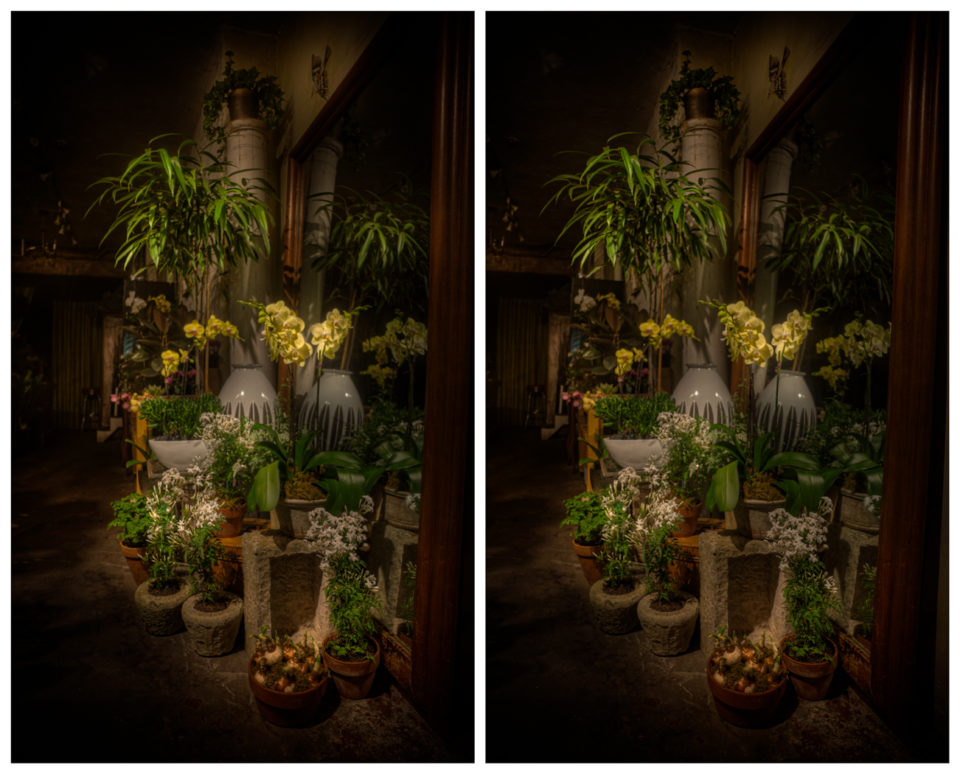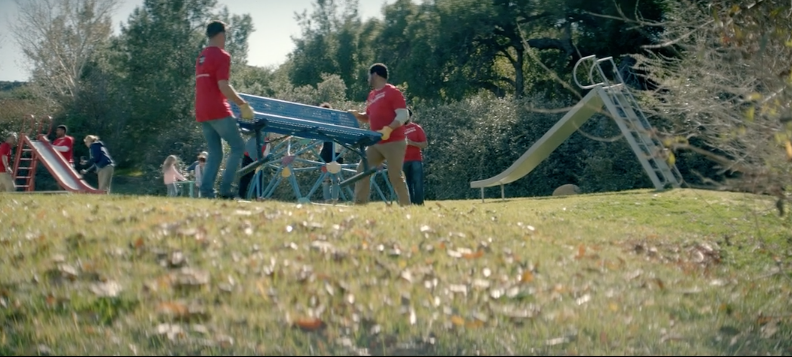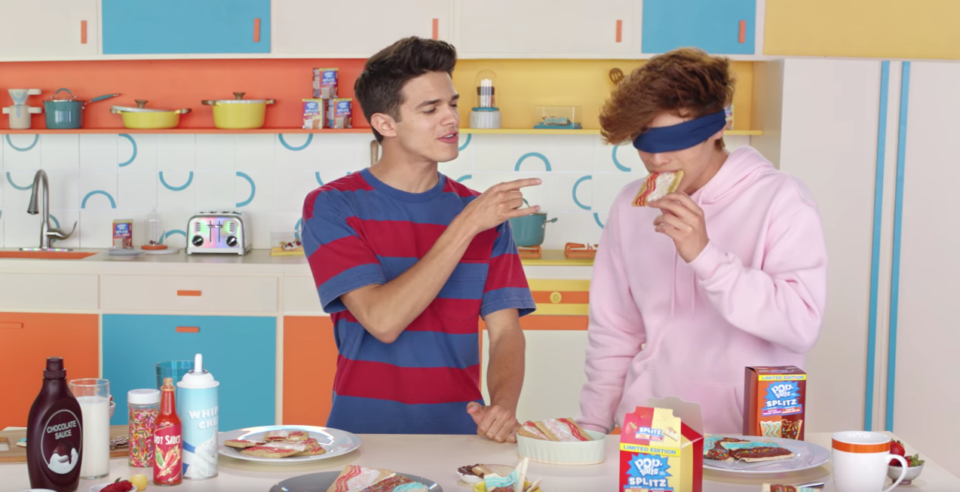To say that Tim Farrell knows a thing or two about editing would be an understatement.
With more than 35 years of working in commercial video post production and visual effects (and an Emmy win under his belt), Tim is a leader in his field and continues to astonish with the work he crafts, whether it’s at a large facility or a boutique agency. A Black Hole notable, he brings his expertise in Flame and VFX to every project—like this year’s meaningful Super Bowl spot from Budweiser.
For the latest edition of our Get to Know series, we asked Tim to tell us more about his prolific career and all the thrills it has held within. Here are some of the highlights from our conversation.
Tim’s interest in creating commercials all began with a childhood toy.
In the mid-1960s the space program was in full swing. A frequent target of advertisers were young boys eager to participate, if only in fantasy, in the dream of flying to the moon. One of the major toy manufacturers developed a moon-based lunar landing station complete with a spacecraft. If you watched the commercial, it appeared to be remote controlled and you could make it dock on a lunar landing base. I wanted it bad. My parents, of course, refused me such a toy, but my buddy Donald’s parents got him one for Christmas that year, so I had my opportunity to check it out and it was a real disappointment. The commercial made it look so cool and so fun with the intimation that you actually flew the craft like we fly drones today, but in reality it was nothing but a cheap plastic piece of shit. It was at that moment I knew I wanted to make commercials.
He shared his path to becoming a Flame artist.
Throughout the first 20 years of my career I worked in huge facilities. I spent 5 years at Teletronics, then went on to be one of the original members of Post Perfect, a 40,000 square-foot state-of-the-art video facility in the Daily News Building on 42nd Street. One of the great aspects of working in such an arena is that you are surrounded by the latest and greatest technology. Post Perfect installed the first Avids. It was a game changer in the business and forced those of us who were video tape editors—a loose term that encompassed a variety of trades from creative editing to online conforming and graphic effects—to choose a path. Some chose to go the offline route while others such as myself moved more into finishing. Eventually, technology moved finishing from a linear tape-based environment to a nonlinear disk-based finishing suite. One of the earliest devices that the nonlinear suite was based on was Flame. It was also one of the first software applications that ran on a third-party computer. Until then the hardware we used was specifically designed to run a video application. I quickly took advantage of the new system and became a Flame artist.
After years in the industry, Tim went independent—but Lost Planet and Black Hole were calling his name.
Not too long after going independent, Krystn Wagenberg, who had been a long-standing client at Post Perfect, called me to say that she was the EP at Lost Planet (another client from Post Perfect) and needed someone she could trust on the Flame. In the ensuing years, Black Hole became my busiest resource. I began working much less at other facilities and spent most of my time there. As our business changes, our circumstances must adapt. I have chosen this year to take a full-time position in the Black Hole. I can take a much more active role in following jobs starting with the bidding process, watch over the editorial aspect with an eye on the finishing, then complete the process in the Flame, helping to streamline the workflow as well as participate in the whole process, rather than just the last steps.
When it comes to choosing a favorite project, those that stand out are ones that take him out of the chair.
After 35+ years, I’ve worked on thousands of projects. At any given time there are a rotating dozen or so that I might consider a favorite. I’ve worked on silly industrials that I just had a fun time doing, as well as the opening for Late Night with David Letterman, and the opening for CBS Evening News during the Gulf War, which I won an Emmy for. I think the ones that stand out the most are ones in which I’ve gotten to step away from the chair and add something different to a project. Usually that involves a camera. I built one of the first “bullet-time” rigs for the international graphics for the Wimbledon Tennis tournament, which was also nominated for an Emmy. For the Academy Award winning documentary “Taxi to the Dark Side” directed by Alex Gibney, I printed dozens of scanned documents out paper and re-shot them on a jerry-rigged animation stand in order to give them an authentic feel. Recently, I shot a pair of shot glasses filled with whiskey and inserted them into an existing bar shot for Crown Royal, and a pair of sneakers to comp into a shot that had licensing issues with the props used on set. I’ve been fortunate to be able to earn a living doing something I love to do.
As one might assume, outside of the edit room I take pictures. I’m a lifelong walker. I’m familiar with the details of most of the city and I have been photographing it in stereo (another fascination of mine since the viewmaster days of my childhood) for the last decade or so. I also construct large size panoramas, sometimes from hundreds of exposures, which can be seen here.
See more of Tim’s work, here!





